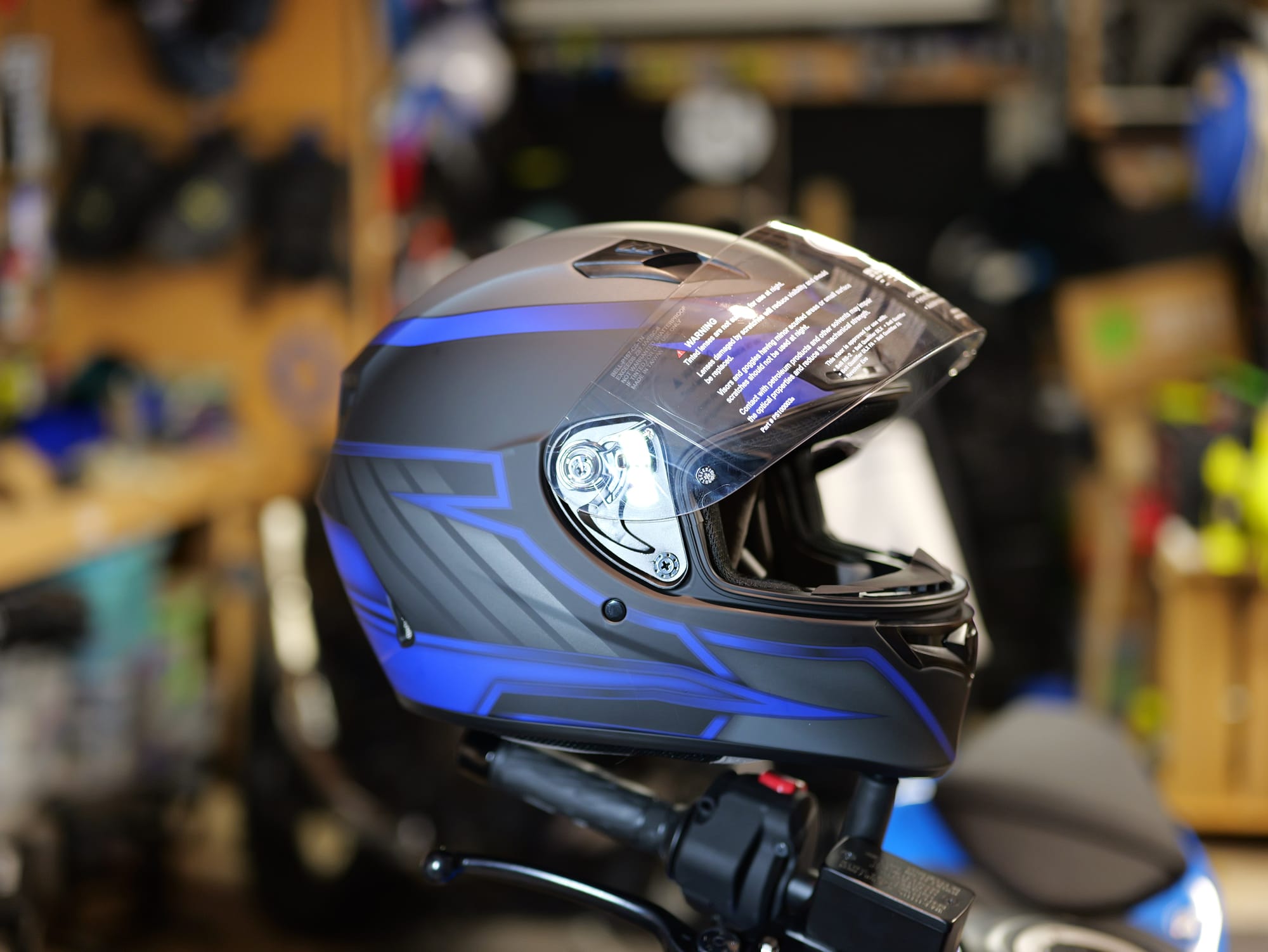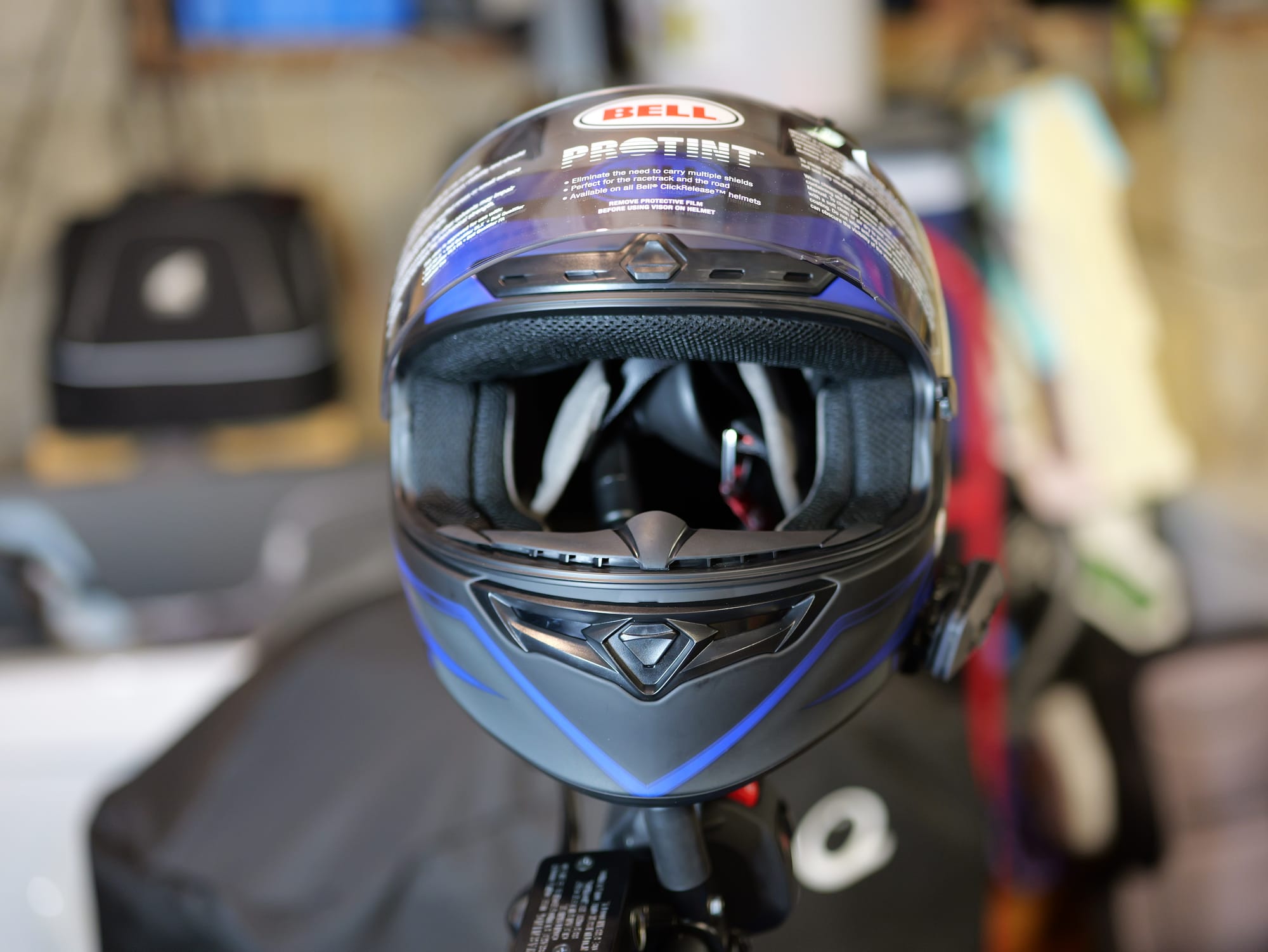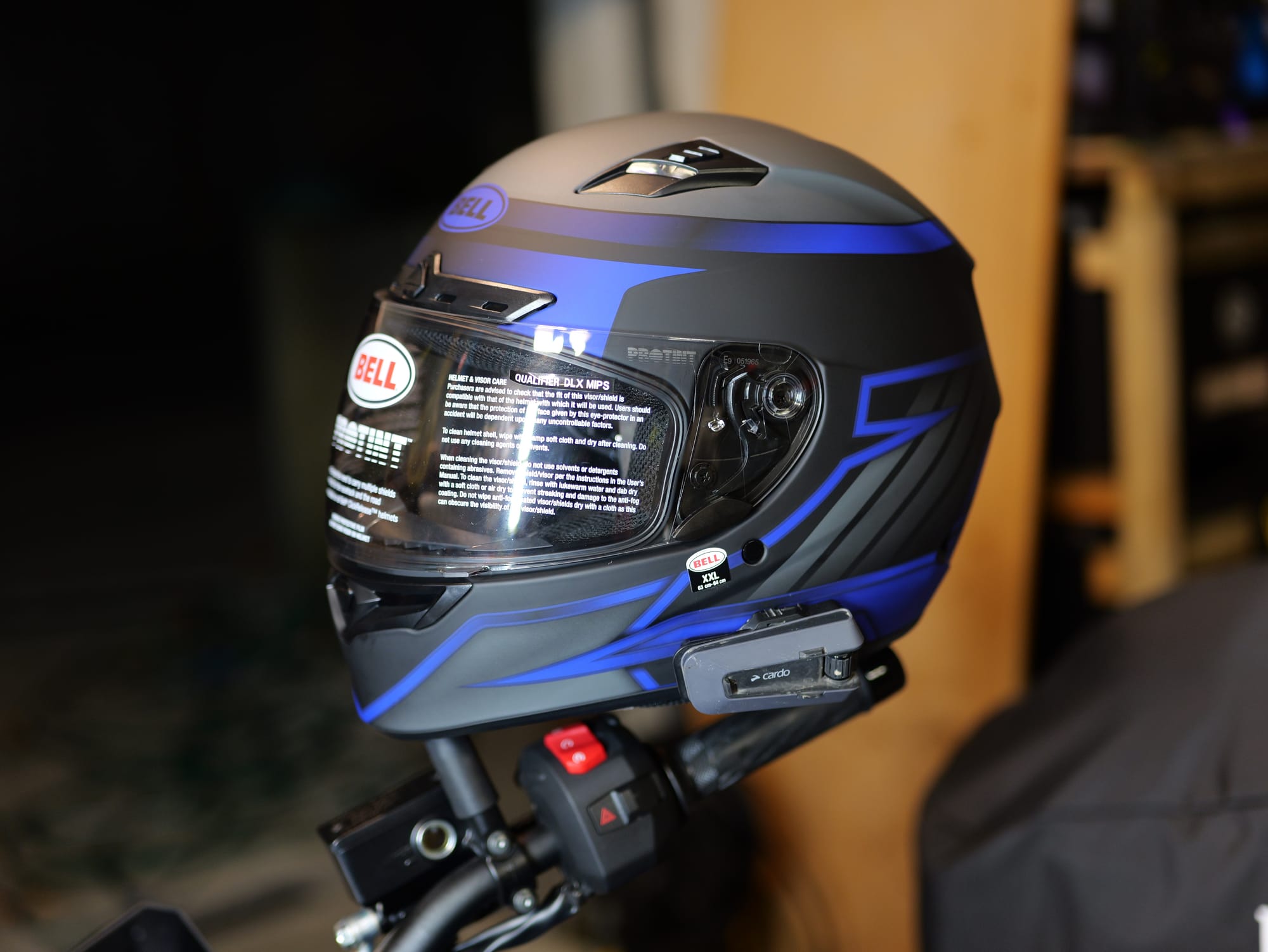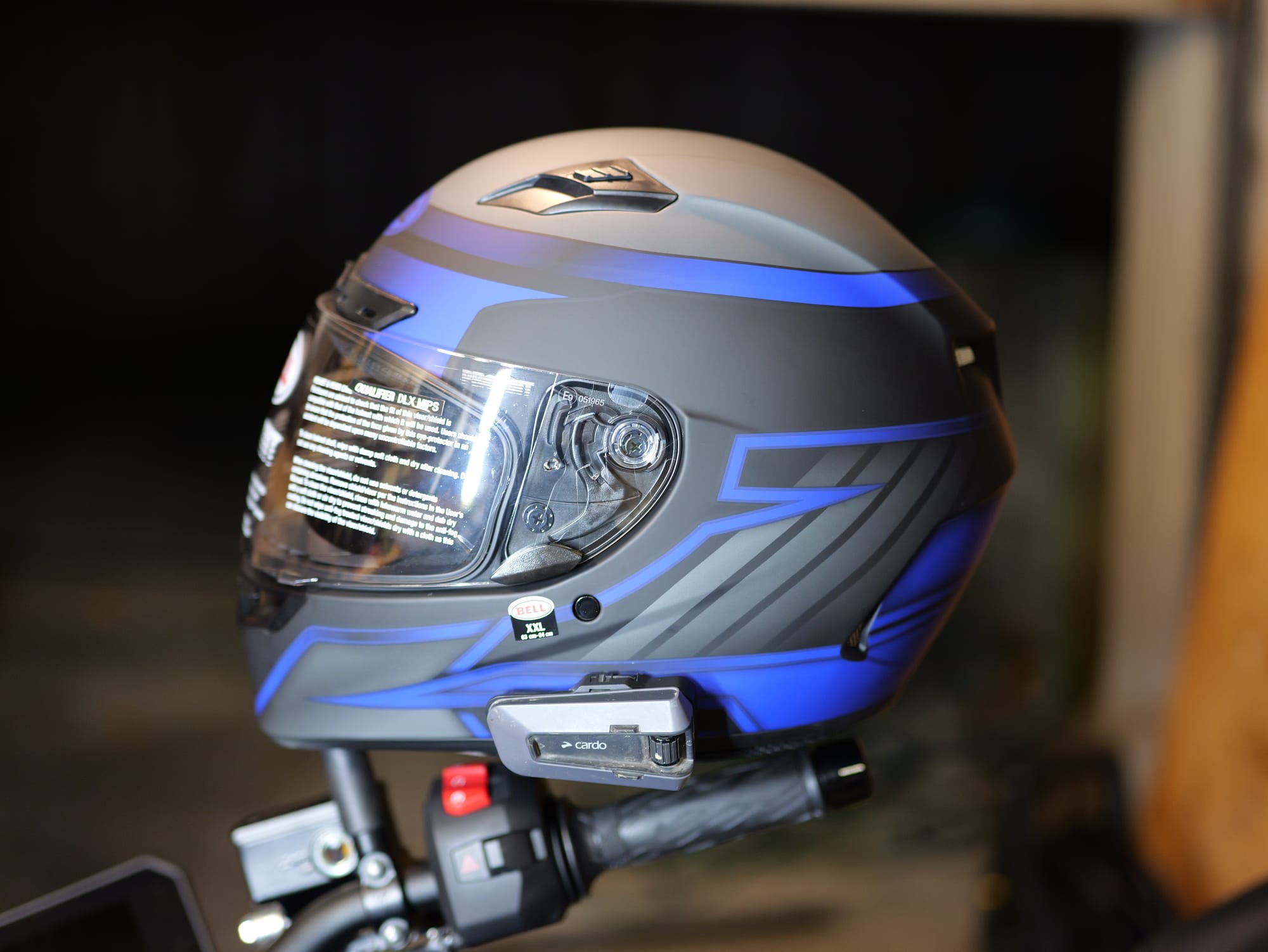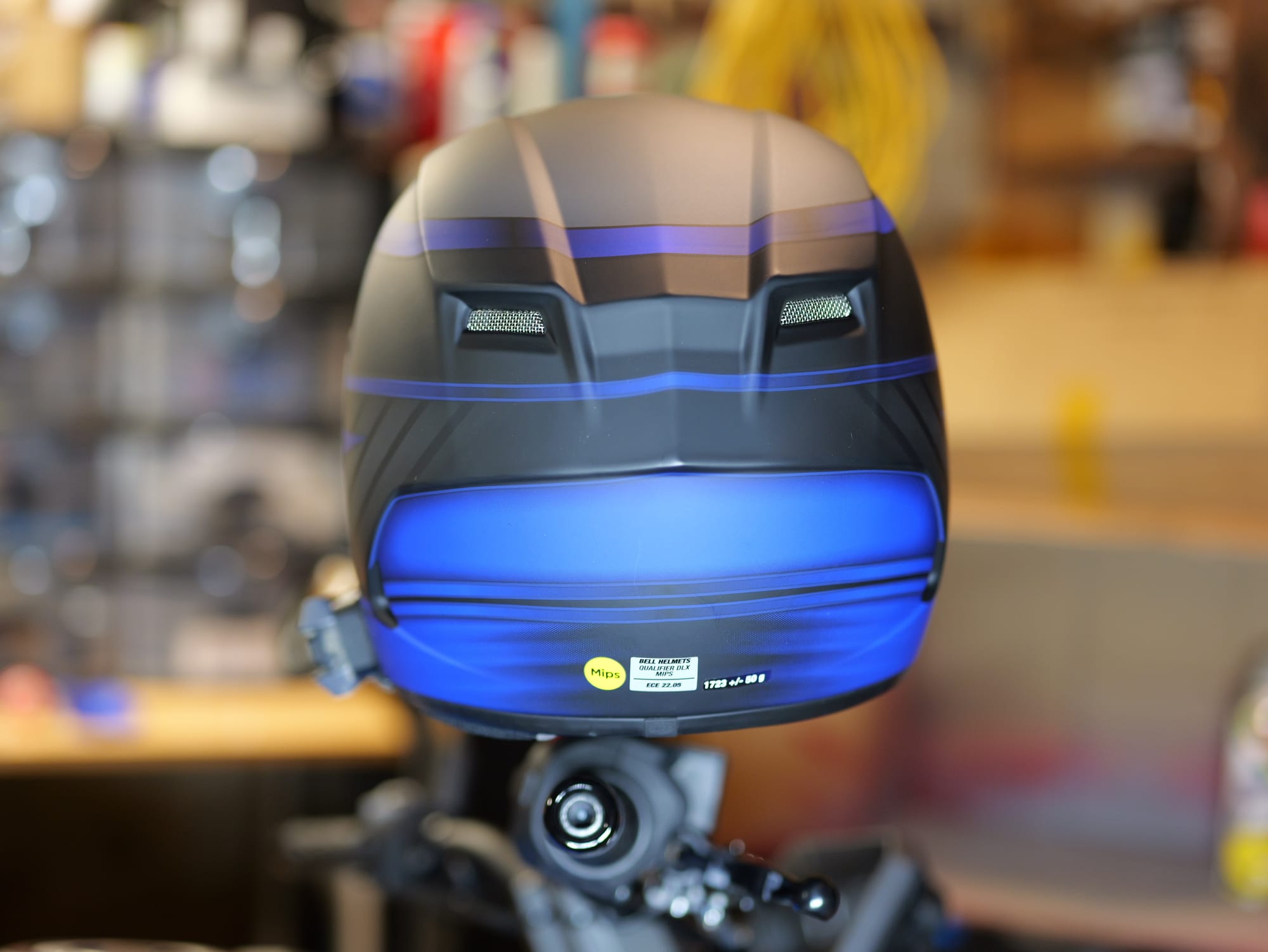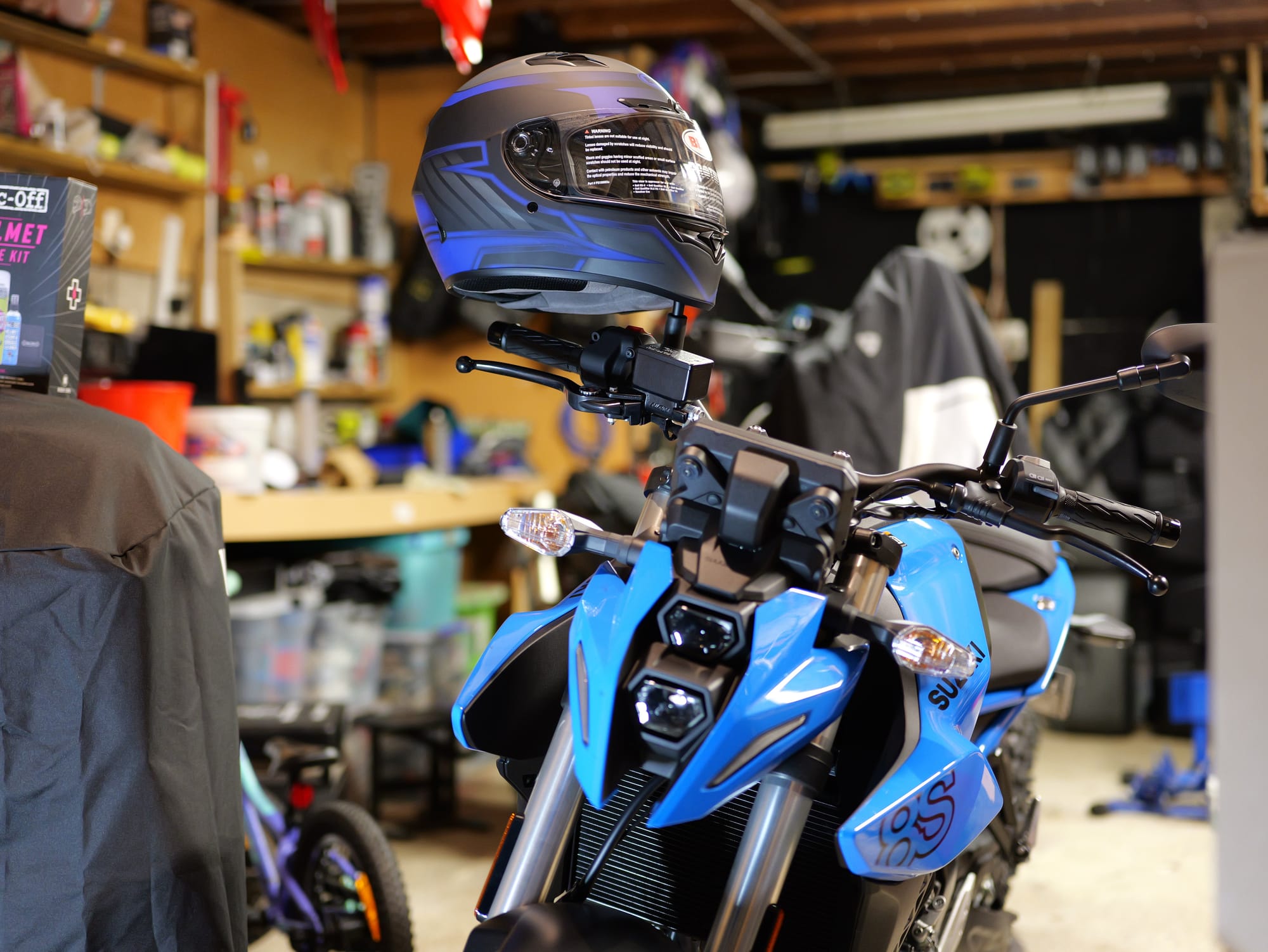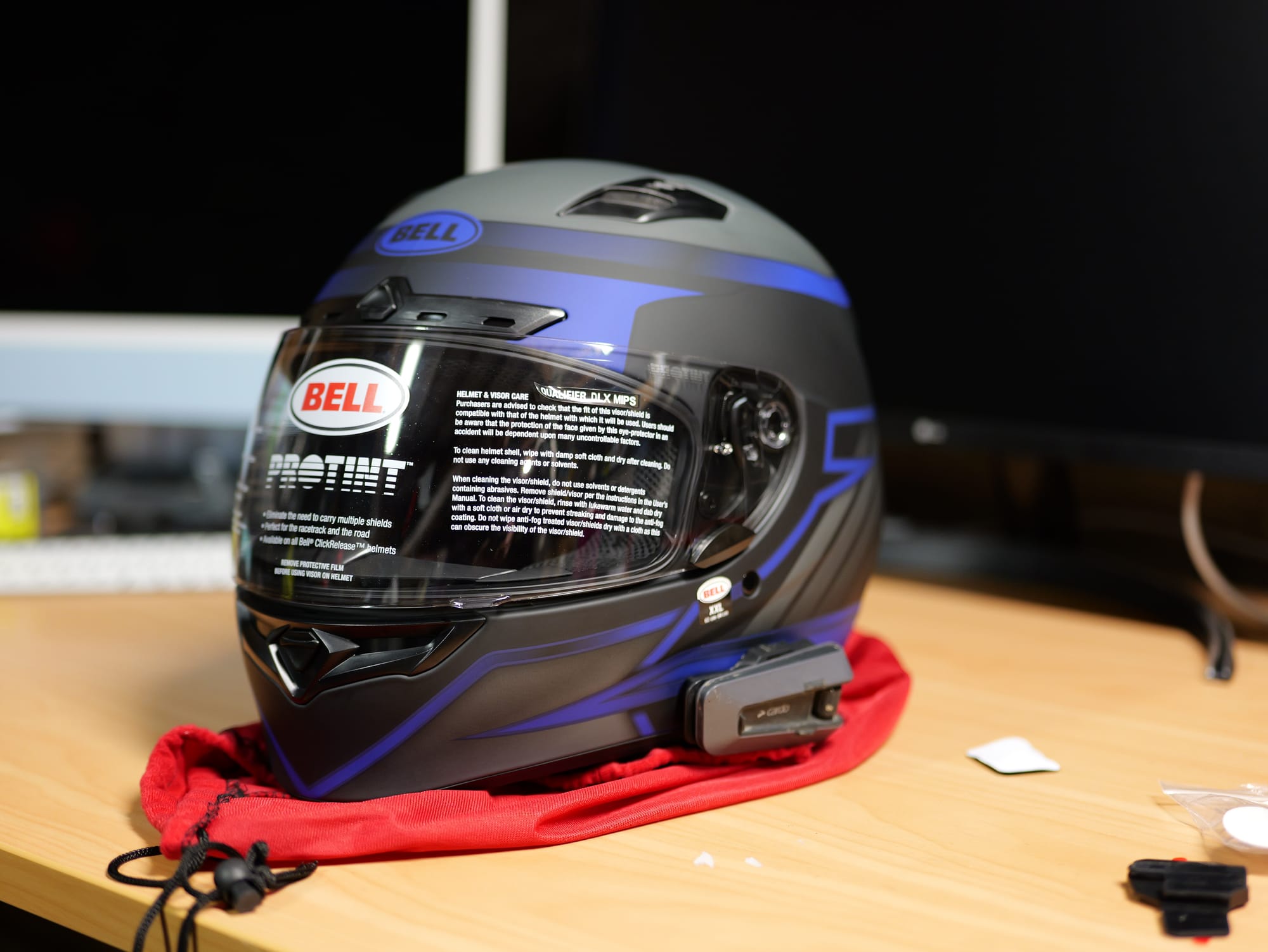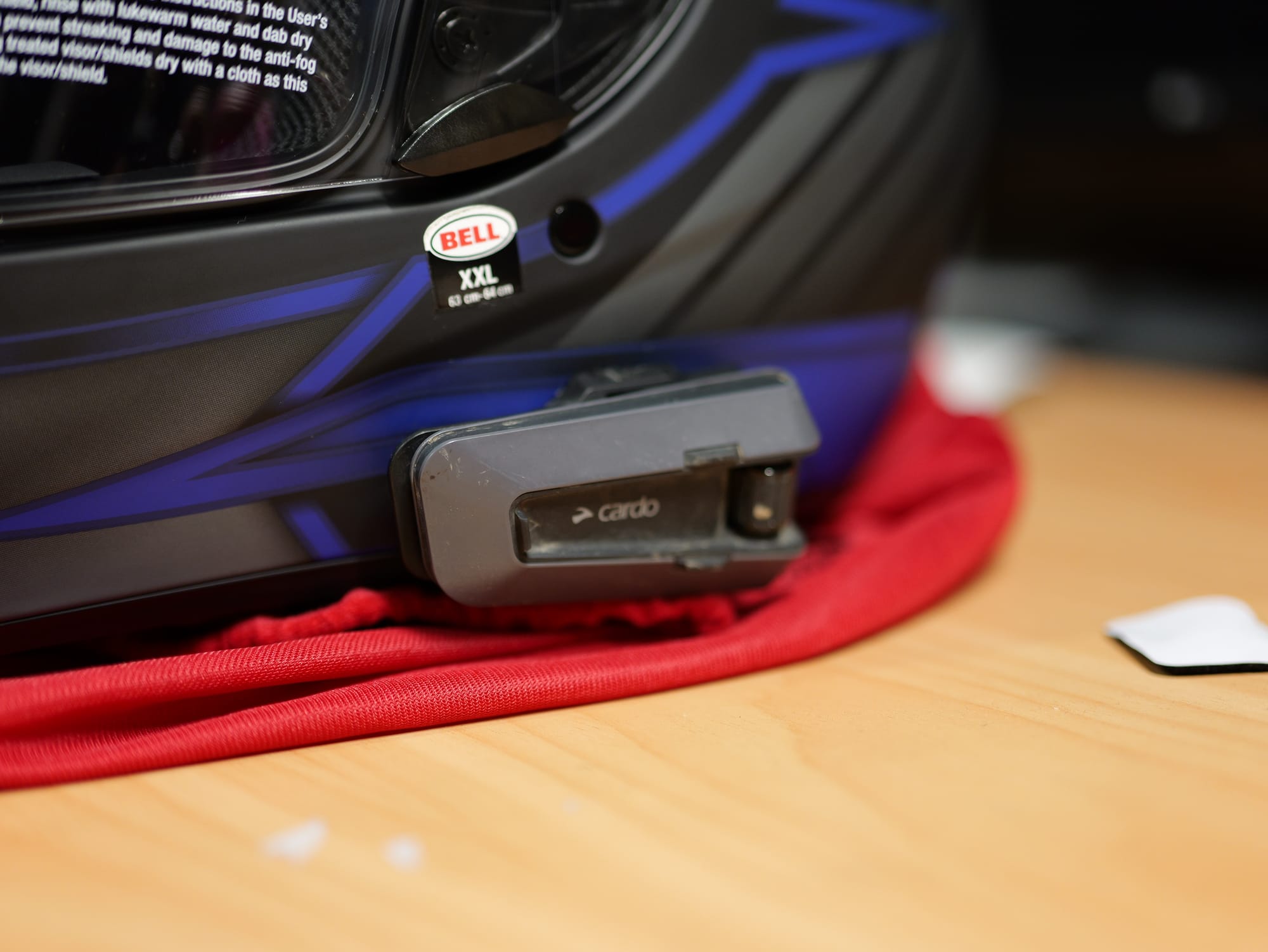Kiwi Rider Podcast 2022 | E28
In this week's show, Ray talked us through his insurance win, we have


Bell is an American helmet manufacturer that it would be hard not to have heard of before. Given their US based heritage, it would seem they have a foot in the door with Hollywood, being a popular choice in many blockbuster movies. Picture Anthony Hopkins playing Burt Munroe in the Worlds Fastest Indian with any other helmet brand right there, center screen on his forehead. It just wouldn't seem right. Leading up to producing their first helmet in 1954, they spent a lot of time reverse engineering military aviation helmets before finally releasing the Bell 500.
These days their lineup is vast, from entry level helmets right through to track focused lids. Heritage-style, modern, Adventure and off-road, open-face, full face, it would seem they do something for everyone.
Having never even tried on a Bell helmet before, I was sent the Bell Qualifier MIPS to test. The Qualifier is priced at $399.00 which puts it in the entry-mid range category, but a quick look at the specs confirms it's punching above its weight in a number of key areas. The shell is a polycarbonate/ABS design with brow, crown and chin bar vents, and exhaust vents on the rear. Manufactured in 5 shell sizes, it's reassuring to know that you're only ever at most 1 size away from the perfect shell for your head. It's ECE rated and ont he scales my 2XL weighs in at 1632g which is not bad at all.
The visor is not pinlock ready, nor is there a drop-down sun visor in this model, which to some makes this helmet seem a bit "no-frills" but the standard visor on the Qualifier hides a trick or two. Firstly, it comes with an anti-fog coating which seems to work well. Secondly there is no need to invest in a tinted visor, as the standard visor is what Bell calls "ProTint Photochromatic technology" meaning as soon as you go outside with this visor, the sun's UV triggers the visor and it starts tinting. In bright sunlight it looks as dark as a fully tinted visor, but at night or on an overcast day it's completely clear. Pretty tick if you ask me. It takes about 30 seconds to go from completely clear to fully tinted, but it's a gradual process, so when you're wearing it, you don't really notice. and riding from bright sunlight into the likes of a tunnel doesn't seem to cause any issues with visibility.
Fastening the helmet, we have a det of double-d's, the removable lining of the Bell Qualifier is a soft suede like material which is very comfortable, and there are cutouts in the EPS for Bluetooth coms speakers. Other than that it does what it says on the box.
But wait, there is one more little trick this helmet has up its sleeve. and that is MIPS technology. MIPS stands for Multi-directional Impact Protection System, which is essentially a slip layer between the liner and the EPS. It is designed to reduce the rotational energy to the brain if your head hits the ground in a crash. I've explained it in a very broad sense as I'm no scientist, but it seems like another added safety feature in a low-medium priced helmet that they could have charged more for.
So, the Bell Qualifier MIPS helmet is reasonably light, comfortable to wear, coms compatible, includes extra safety tech, comes with a trick visor and is well priced. What's the catch? Well, in my experience, it's not the quietest helmet, and the addition of my Cardo Packtalk Edge seems to have increased the amount of turbulence and noise in the helmet. It's fine around town, but as soon as I get on the motorway I wish I had remembered my earplugs. Insert comments from KR editor here about always wearing earplugs regardless of helmet or distance to destination.
The Bell Qualifier MIPS is a nice helmet, made by a company that has clearly been manufacturing helmets for a long time and has a lot of experience to fall back on. It's definitely worth trying on. If you usually wear earplugs then the noise wont bother you, and there are some really cool features on this lid. My advice to anyone though when it comes to helmets, it try a bunch on, and see what feels best. Find something that has a good safety rating, features you want and fits your budget. Then if you have a knock, or its over the manufacturer recommended age, replace it.
